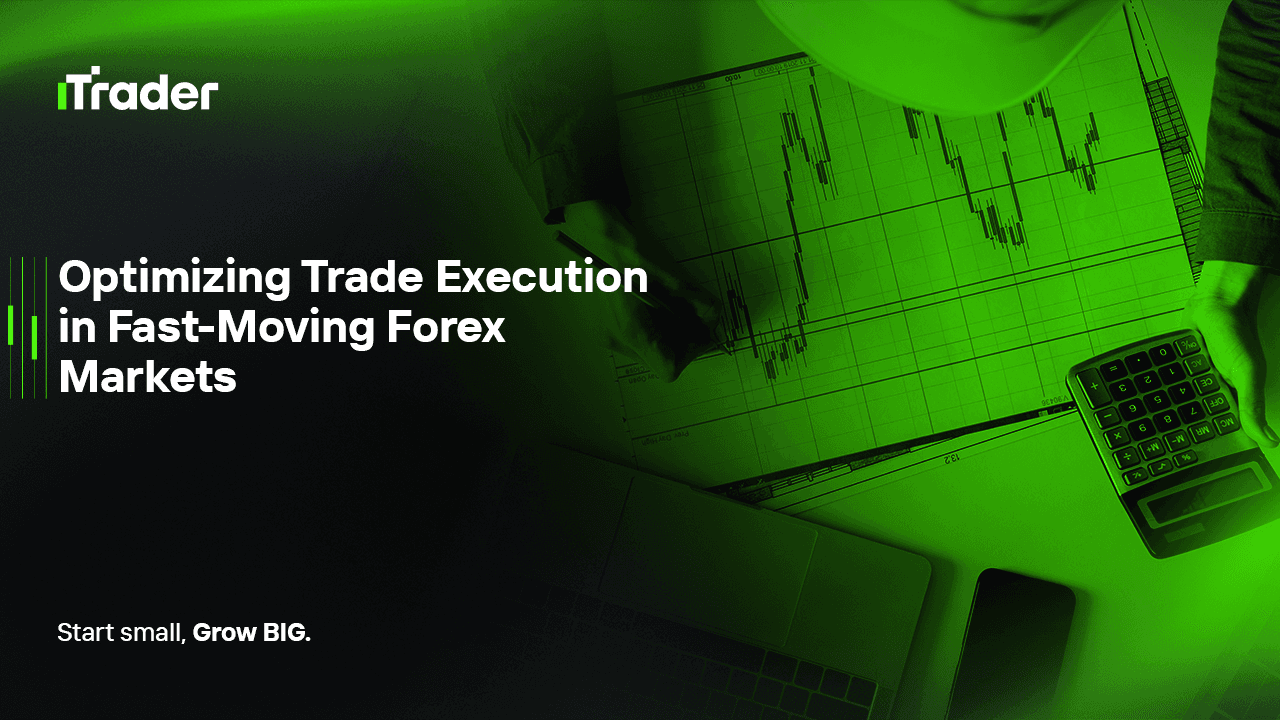2025-07-28
In algorithm-dominated financial world, speed is a strategic edge. But speed alone is not enough. Especially in fast-moving market environments, prop traders face intensified risks such as slippage, delayed execution, emotional overtrading, and microstructural traps. Without optimization, even well-researched strategies fail under sudden volatility. This article provides actionable frameworks for prop traders to optimize their execution and risk performance during fast-paced market conditions.

AI Summary
Fast-moving markets expose traders to execution delays, slippage, and rapid volatility changes that can erode performance. For prop traders, optimizing trading systems for latency, using pre-execution logic, dynamic risk adjustment, and modular trade management is essential. This article outlines how to remain efficient, composed, and strategically adaptive in high-velocity market conditions, especially during economic news, low-liquidity events, or regime shifts.
A fast-moving market is defined by:
These environments often occur around:
For a prop trader, adapting to these changes means creating a system that detects, reacts, and executes with precision.
Latency is the time between trade decision and execution. In a slow market, minor latency is tolerable. But in high-speed markets:
Solutions:
Execution technology is not just for HFT firms. Even discretionary prop traders benefit from latency-optimized systems when markets turn chaotic.
Most traders either avoid or gamble during high-impact news. Prop traders should take a protocolized approach:
This approach preserves capital while still allowing exposure to potential high-R profits.
During volatile spikes, fixed position sizing becomes inefficient. A 1% risk trade during a quiet Asian session behaves differently than the same size during a Fed rate release.
Key techniques:
Your system should simulate not just PnL but behavioral stress under fast movement – and respond accordingly.
Markets don’t just move – they accelerate. A strategy should manage trade states modularly:
Modularity creates decision buffers and reduces panic exits. For example, if slippage exceeds 3 pips, the monitoring module can exit independently regardless of take-profit level.
This architecture is crucial when news spikes reverse quickly or liquidity dries up.
Fast-moving markets don’t just test systems – they test humans. Typical issues:
Countermeasures:
Top prop traders treat psychological discipline as a risk metric in high-velocity trades.
Knowing when not to trade is often more valuable than complex indicators. Prop traders must learn to filter sessions and setups:
Optimization includes eliminating low expectancy trades, especially in unstable price discovery phases.
Many strategies fail not because they’re bad – but because their execution assumptions don’t hold under fast market regimes.
Checklist for realistic backtesting:
Bridging this gap helps prop traders build “deployment-ready” strategies that survive the chaos, not just simulations.
Speed is seductive—but raw speed without precision causes loss. The real edge for prop traders lies in:
Treat high-speed markets as special environments requiring specialized behavior. By optimizing your execution architecture, risk logic, and human factors, you ensure your edge is preserved even when the market is running at full throttle.
© 2025 iTrader Global Limited|会社登録番号:15962
iTrader Global Limitedは、コモロ連合のアンジュアン自治島ムツァムドゥのHamchakoに所在し、コモロ証券委員会によって認可・規制を受けています。ライセンス番号は L15962/ITGL です。
iTrader Global Limitedは「iTrader」の商号で運営しており、外国為替取引業務を行う許可を受けています。会社のロゴ、商標、ウェブサイトはすべて iTrader Global Limited の専有財産です。
iTrader Global Limitedの他の子会社には、iTrader Global Pty Ltd(オーストラリア会社登録番号(ACN):686 857 198)が含まれます。 この会社は、Opheleo Holdings Pty Ltd(オーストラリア金融サービスライセンス(AFSL)番号:000224485)の認可を受けた代表者(AFS代表番号:001315037)です。登録住所は Level 1, 256 Rundle St, Adelaide, SA 5000 です。
免責事項: この法人は、本ウェブサイト上で取引される金融商品の発行者ではなく、それらに対して責任を負いません。
リスク警告: 差金決済取引(CFD)は、レバレッジにより資本の急速な損失リスクが高く、すべての利用者に適しているとは限りません。
ファンド、CFD、その他の高レバレッジ商品を取引するには、専門的な知識が必要です。
調査によると、84.01%のレバレッジ取引者が損失を被っています。取引を開始する前に、リスクを十分に理解し、資金を失う可能性があることを認識してください。
iTraderは、レバレッジ取引によるリスク、損失、またはその他の損害について、個人または法人に対して一切の責任を負わないことを明言します。
利用制限: iTraderは、法律、規制、または政策によりこのような活動が禁止されている国の居住者を対象として、本ウェブサイトやサービスを提供していません。